
An amazing accomplishment, the 670 kyr long high Andes Lake Junin vegetation record www.nature.com/articles/s41... 🧪🌿
27.11.2025 03:10 — 👍 28 🔁 5 💬 0 📌 1@muddypollen.bsky.social
Palynologist, paleoclimatologist, plant biogeographer | vegetation and climate history | fossil pollen

An amazing accomplishment, the 670 kyr long high Andes Lake Junin vegetation record www.nature.com/articles/s41... 🧪🌿
27.11.2025 03:10 — 👍 28 🔁 5 💬 0 📌 1😂😂😂
14.11.2025 11:10 — 👍 2 🔁 0 💬 0 📌 0
this is far from over - bonnie prince billy www.youtube.com/watch?v=ON4T... (nice lullaby)
06.11.2025 04:50 — 👍 21 🔁 1 💬 1 📌 0which trees do so?
05.11.2025 10:38 — 👍 0 🔁 0 💬 1 📌 0even from a paper in an MDPI journal?🤪
01.11.2025 06:29 — 👍 0 🔁 0 💬 0 📌 0This cleverness fails for earth science papers generally, where the last author is often someone barely involved in the study, and the lab head is often 2nd author. Biologists continue to assume their conventions = science conventions
26.10.2025 10:04 — 👍 7 🔁 4 💬 1 📌 0For those in Australia who prefer/need the old Bureau of Meteorology website, it can still be accessed via reg.bom.gov.au (for now).
22.10.2025 09:48 — 👍 6 🔁 3 💬 1 📌 1theconversation.com/unusual-red-...
14.10.2025 09:29 — 👍 0 🔁 0 💬 0 📌 0theconversation.com/for-the-firs...
14.10.2025 09:21 — 👍 0 🔁 0 💬 0 📌 0
You're asking a lot but it was apparently in spring
www.nature.com/articles/s41...
which character is the PhD student?
02.10.2025 12:58 — 👍 0 🔁 0 💬 1 📌 0Certified Financial Planner? College Football Playoff? clear flooring polyurethane?
02.10.2025 11:31 — 👍 0 🔁 0 💬 0 📌 0
"I don't need another productivity app"
20.09.2025 13:24 — 👍 32 🔁 1 💬 0 📌 2This is excellent. We just need another 50 or 100 similarly minded billionaires. Though taxes are more accountable and probably yield less idiosyncratic outcomes
26.09.2025 11:41 — 👍 2 🔁 0 💬 0 📌 0
Fairly clearly this bombshell:
The phylogenetic position of the Yunxian cranium elucidates the origin of Homo longi and the Denisovans | Science www.science.org/doi/10.1126/...
Clearly this result is model-dependent: those raw skulls are indeed quite distorted, and your phylogenetic analysis is based on a virtually reconstructed skull. How sensitive are your conclusions to model parameterisation or model assumptions?
26.09.2025 10:18 — 👍 10 🔁 0 💬 0 📌 0On the money as usual. It is actually bad
22.09.2025 08:48 — 👍 1 🔁 0 💬 0 📌 0Has anyone written an R package or script with plottable data for all the Milankovitch curves? Wouldn't that be so convenient ⚒️🧪
17.09.2025 21:49 — 👍 4 🔁 2 💬 1 📌 0Wouldn't it be. Keep us posted
18.09.2025 11:48 — 👍 1 🔁 0 💬 1 📌 0
Five people stand in a row on a terrace with a stone balustrade, smiling at the camera. From left to right: Saul Manzano, Graciela Gil Romera, Luke Aurilis, Juan Ivars and Lynne Quick. Behind them rises Cape Town’s Table Mountain, lit by the soft colors of dusk. The group looks relaxed and cheerful, dressed casually in jackets, sweaters, and trousers. The city spreads out below the terrace with rooftops and buildings visible in the fading light. Author: Jill Quick
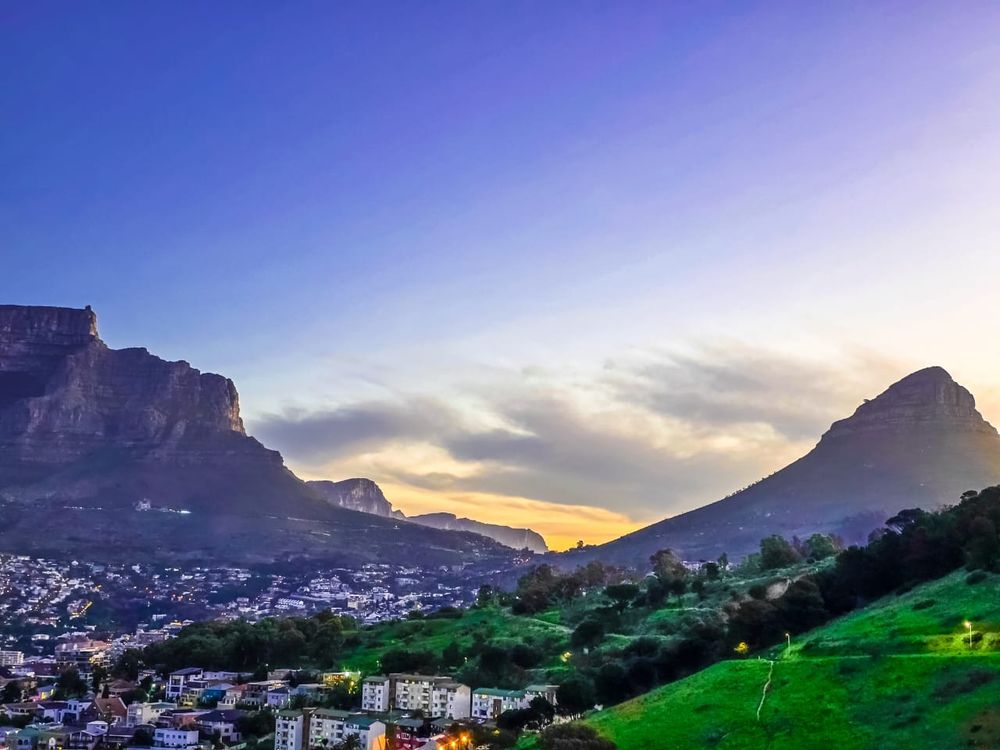
A wide view of Cape Town at sunset, framed by two iconic mountains. On the left rises the flat-topped Table Mountain, while on the right stands the conical peak of Lion’s Head. Below them, the city stretches out with clusters of houses and buildings nestled among green hills. The sky glows in soft shades of blue, purple, and gold as the sun dips behind the mountains, casting a tranquil light across the landscape. Photo by Lynne Quick.

A dense cluster of Strelitzia plants, also known as bird-of-paradise flowers. Tall, narrow green leaves rise upright, while vivid orange and blue blossoms peek through, shaped like birds in flight. Sunlight filters from the upper left, and trees and a building appear in the background. Photo by Graciela Gil-Romera
Follow me into #PALARQUE ’s coring campaign in the Cape Region I'll be posting here this week! Co-led by my friends & almighty palynologists Saúl Manzano & Lynne Quick, the project explores fynbos Holocene & Anthropocene dynamics in the #Cederberg mntns., N Cape Region. Part of my 💜 belongs here! 1/
07.09.2025 06:28 — 👍 18 🔁 2 💬 1 📌 0Which are more painful, desk rejections or rejections following peer review?
13.09.2025 10:40 — 👍 1 🔁 0 💬 0 📌 0
several individual Eucalyptus macrorhyncha trees with crown dieback

a Eucalyptus macrorhyncha tree that appears to have recently died, retaining fine twigs but leafless
Die back and apparent recent mortality of Eucalyptus macrorhyncha (red stringybark) in the Mullum Mullum valley, Melbourne, Victoria, Australia 🧪🌿.
04.09.2025 00:42 — 👍 9 🔁 0 💬 1 📌 0Angiosperms "kindly" facilitated change-management workshops for sullen Gnetaleans and Cheirolepids 🧪🌾
01.09.2025 12:09 — 👍 4 🔁 1 💬 0 📌 0I remember my dad jumping with joy as he brought in the morning newspaper with the all-caps headline, "NIXON RESIGNS". I miss him terribly but he'd be rolling and rolling in his grave now
30.08.2025 00:56 — 👍 1 🔁 0 💬 0 📌 0
It's a central part of the MAHA playbook
www.compactmag.com/article/the-...
One of the truly compelling features of using an LLM as a coding tutor, rather than, say, asking human coders for advice at Stack Overflow, is that the LLM is polite, never complains about your failure to provide a reproducible example, and is uninterested in being an arsehole.
03.08.2025 08:47 — 👍 1 🔁 0 💬 0 📌 0by contrast, Decalobanthus peltatus (Convolvulaceae) belongs to a small (~20 spp) and recent Malesian/inner Pacific radiation of fast-growing vines. It probably arrived in Australia within the past million years or so
30.07.2025 03:23 — 👍 2 🔁 0 💬 0 📌 0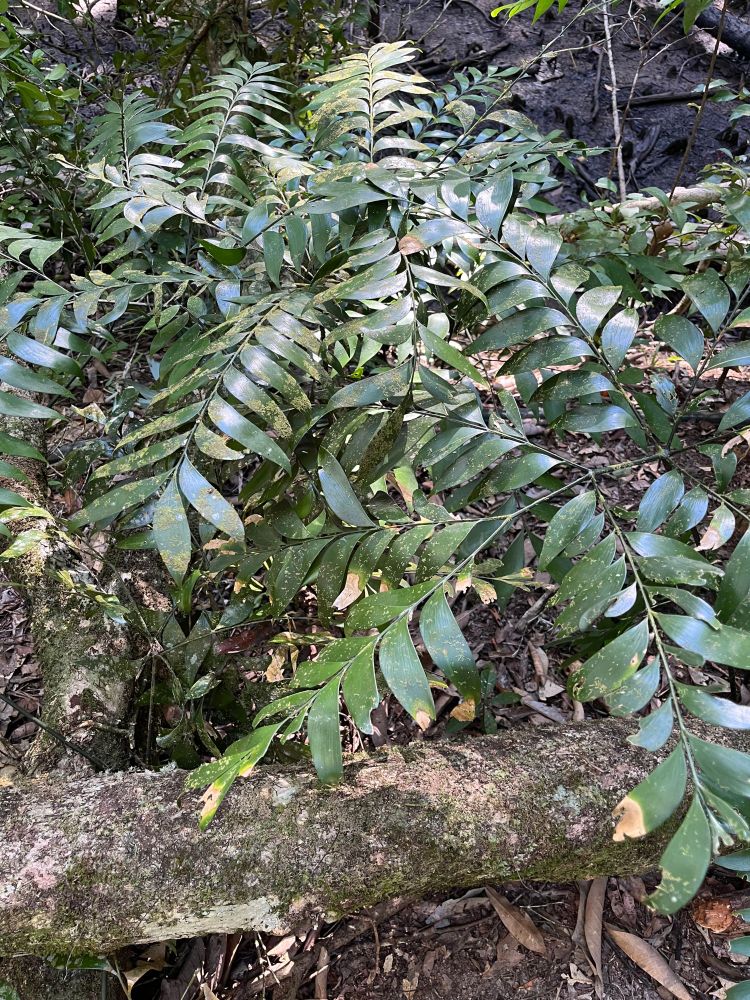
a specimen of Bowenia spectabilis growing on the forest floor of Daintree rainforest, northeast Queensland
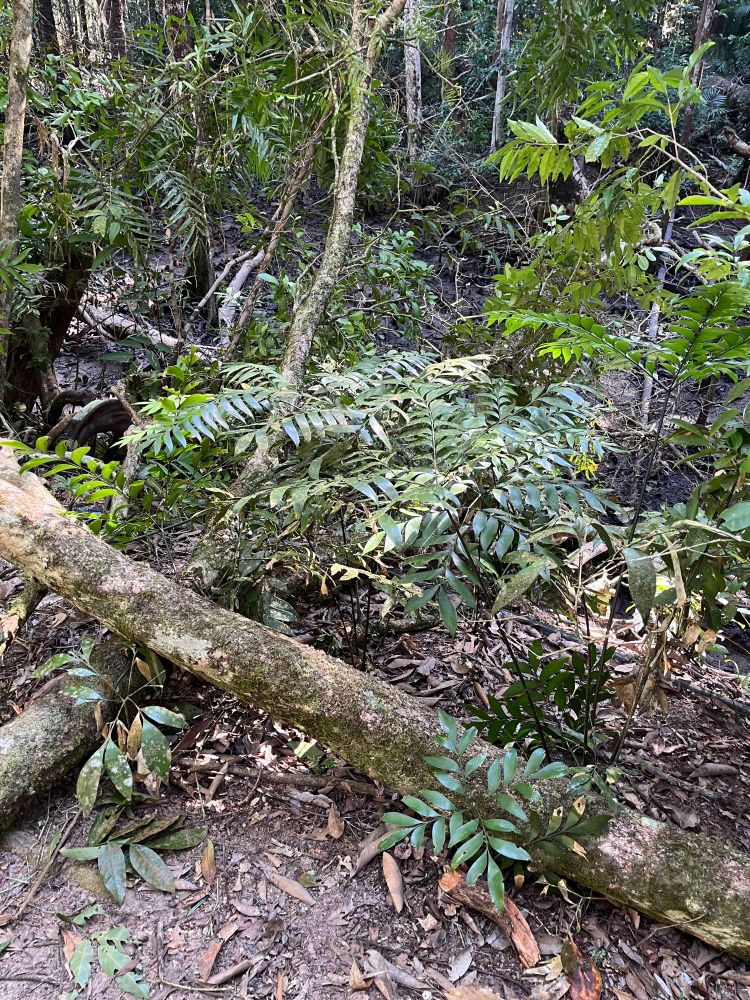
a specimen of Bowenia spectabilis growing on the forest floor of Daintree rainforest, northeast Queensland
the cycad Bowenia spectabilis (Zamiaceae), Daintree rainforest, Queensland Wet Tropics. Bowenia has been kicking around Australia since at least the late Cretaceous 🧪🌿
30.07.2025 02:04 — 👍 5 🔁 0 💬 1 📌 1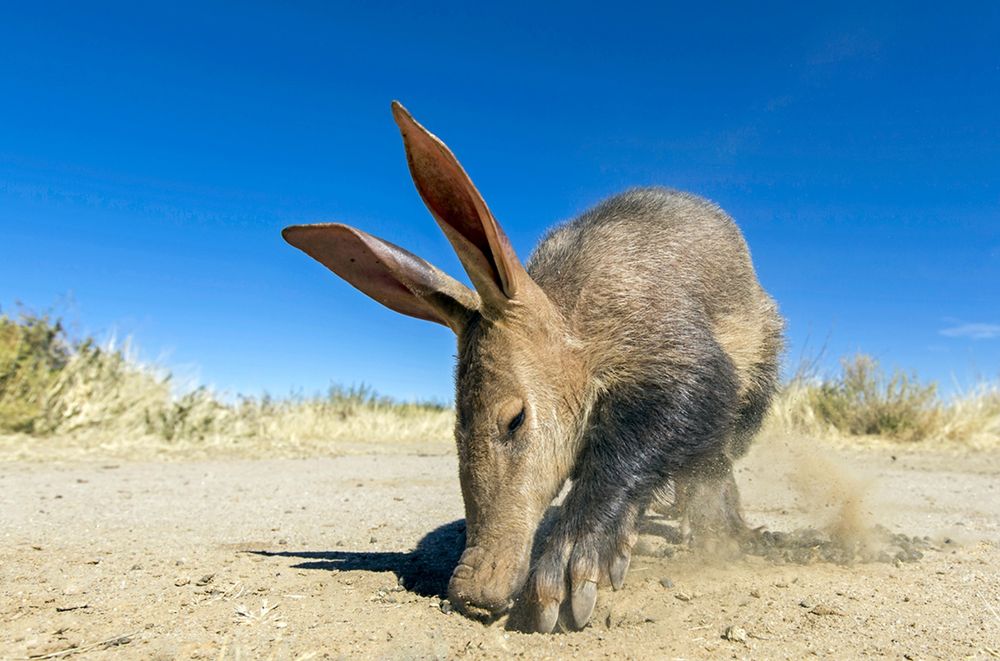
Crab-like creatures are famed for having evolved five times in evolutionary history. But anteaters have evolved at least 12 times--in half the evolutionary span. Cool story by @jakebuehler.bsky.social for @science.org
28.07.2025 15:54 — 👍 834 🔁 292 💬 25 📌 74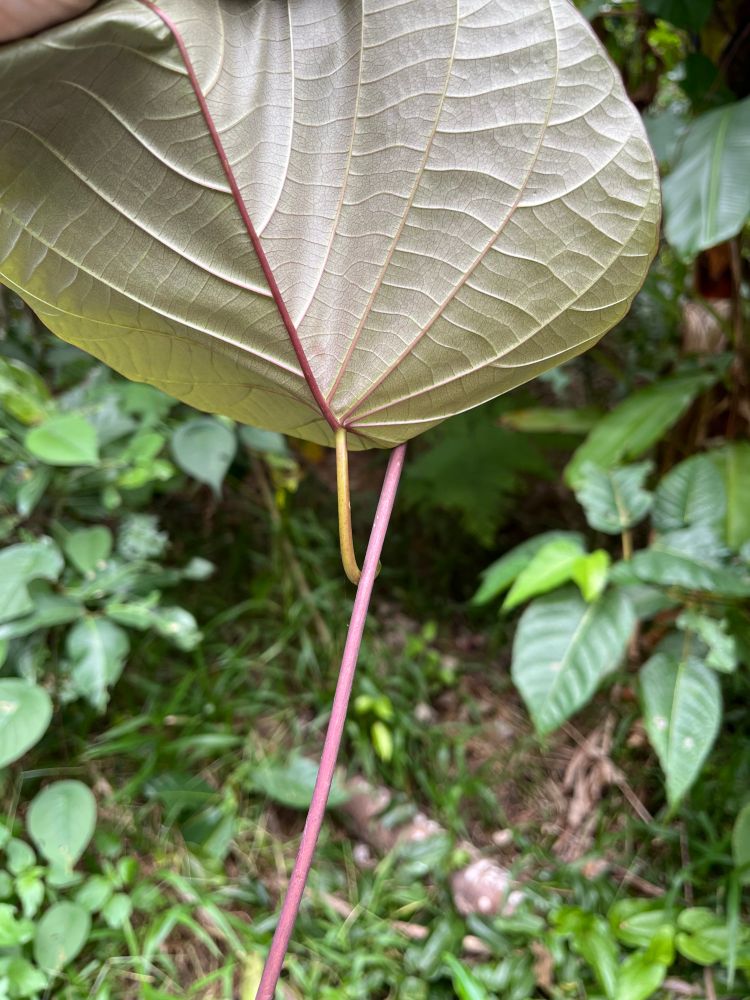
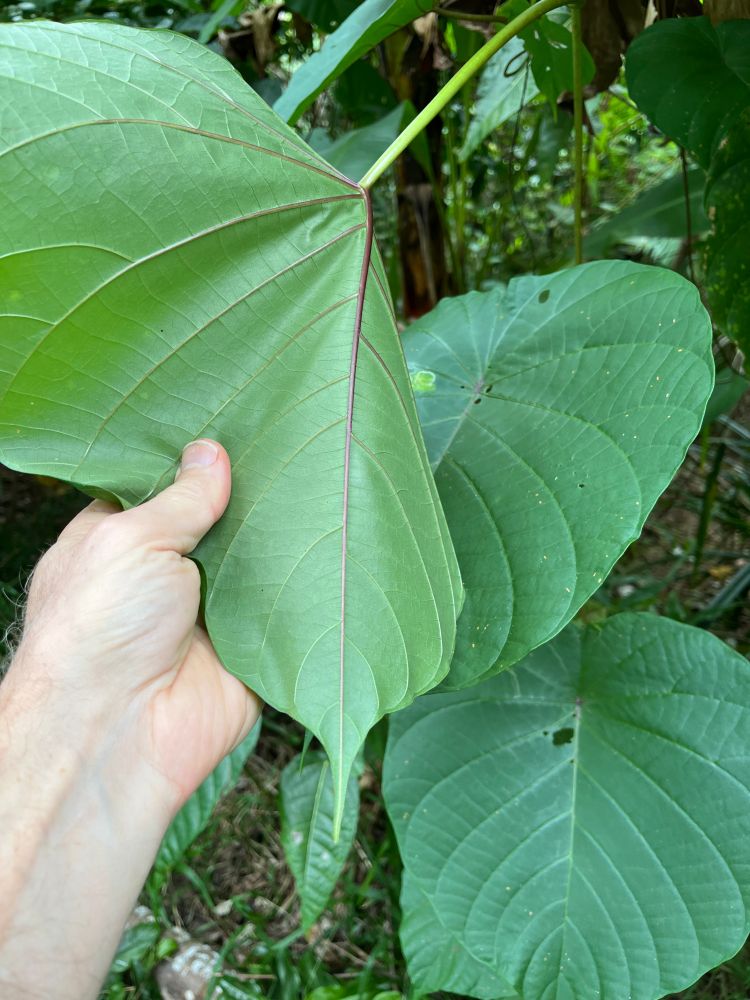
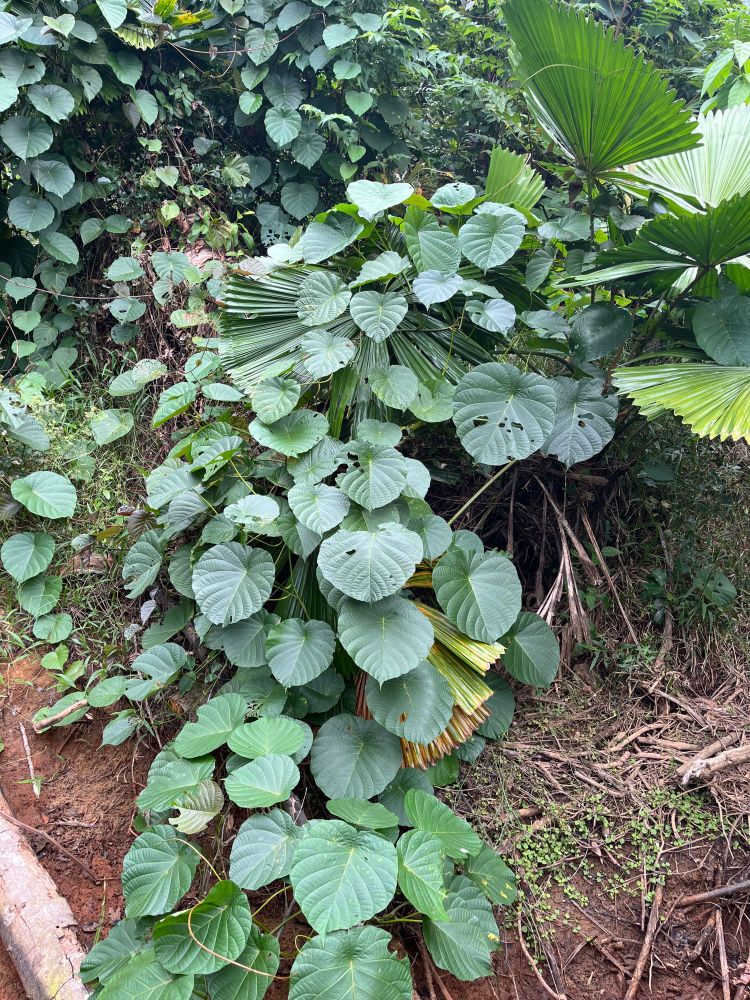
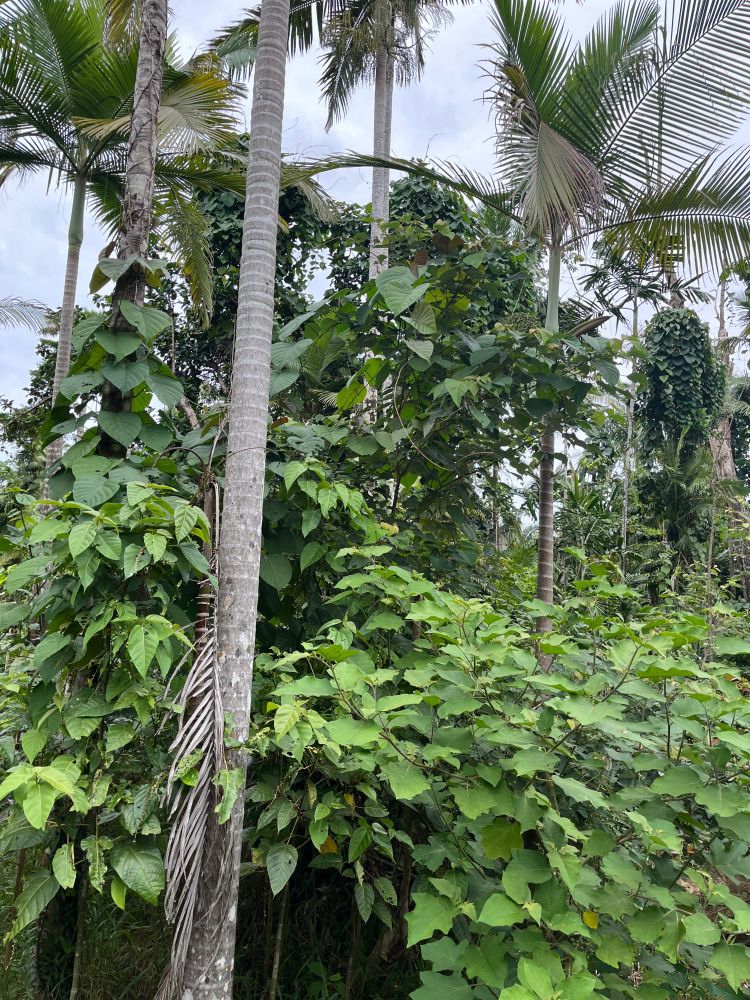
Decalobanthus peltatus (previously within polyphyletic Merremia) is a megatherm Convolvulaceae vine colonising cyclone-damaged Daintree rainforest (NE Queensland). Totally feral on Pacific Islands, esp where not native (no surprise). See George Staples' superb revision tinyurl.com/42dk4pe2 🌿🧪
28.07.2025 03:16 — 👍 7 🔁 0 💬 0 📌 0